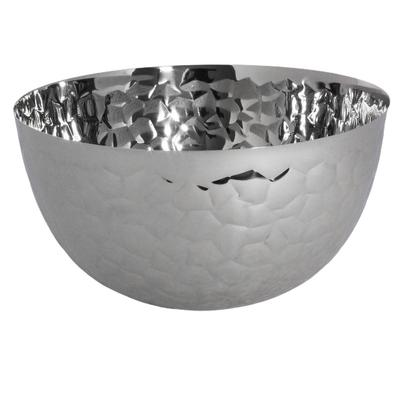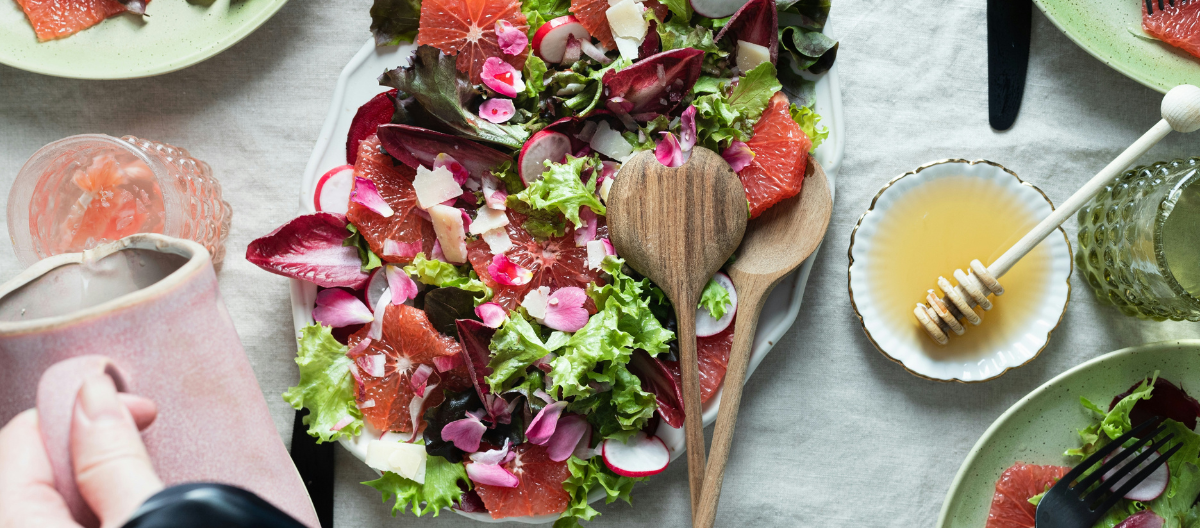Hey Diva dressing fans! When the items we love coincide with brands we work with, Diva dressing will use Paid Links in our articles. If you decide to click on these links and purchase the product, we get a small commission. Our Opinions Are Our Own, but we do add Paid Links as a way to offer these products at no added cost to our readers. Want to know more? Click Here to check out our Terms of Use anytime!
Edible flowers are not only visually appealing but also bring unique flavors and health benefits to dishes. From garnishing salads to enhancing desserts, these vibrant blooms can elevate any meal. Here we explore various types of edible flowers, their culinary uses, and tips for incorporating them into your cooking.
Appeal of Edible Flowers
Aesthetic Enhancement:
Edible flowers can transform a simple dish into a stunning visual masterpiece. Their vibrant colors and diverse shapes add a touch of elegance to plates, making meals more inviting.
Flavor Profiles:
Many edible flowers offer distinct flavors that can complement or enhance the taste of dishes. For instance, nasturtiums have a peppery kick, while violets provide a sweet, floral note.
Nutritional Benefits:
Edible flowers can be packed with vitamins, antioxidants, and other beneficial compounds. Incorporating them into your diet can contribute to overall health and well-being.
Popular Edible Flowers and Their Uses
Nasturtiums:
These vibrant flowers have a peppery flavor similar to arugula. They are perfect for adding color to salads, garnishing soups, or even as a unique topping for sandwiches. Both the leaves and flowers are edible.
Pansies:
Known for their striking colors and heart-shaped petals, pansies have a mild, slightly sweet flavor. They can be used to decorate cakes, freeze in ice cubes for cocktails, or brighten up salads.
Marigolds:
Often used in culinary dishes for their vibrant yellow and orange hues, marigolds have a citrusy flavor. They can be added to rice dishes, salads, or used to infuse oils and vinegars.
Hibiscus:
With its tart flavor, hibiscus is commonly used in teas, syrups, and desserts. Dried hibiscus flowers can be steeped to make refreshing beverages, while fresh petals can garnish fruit salads or desserts.
Lavender:
Renowned for its fragrant aroma, lavender has a sweet, floral flavor. It is commonly used in baking, infused into syrups, or as a unique flavoring for ice creams and creams. A little goes a long way, so use it sparingly.
Chive Blossoms:
These delicate purple flowers have a mild onion flavor. They can be used to garnish dishes, mixed into salads, or incorporated into soft cheeses for a flavorful spread.
Borage:
Borage flowers have a refreshing cucumber-like taste, making them perfect for summer salads and cocktails. Their striking blue color adds an eye-catching touch to any dish.
Rose Petals:
Roses come in various flavors, from sweet to fruity, depending on the variety. They can be used in syrups, salads, desserts, or as a fragrant garnish for cocktails.
Squash Blossoms:
These edible flowers from zucchini and other squash are delicious when stuffed and fried or added to soups and pastas. They have a delicate flavor and soft texture.
Tips for Using Edible Flowers
Source Wisely:
Ensure that the flowers you use are specifically labeled as edible. Avoid flowers from nurseries or gardens that may have been treated with pesticides or other chemicals.
Wash Gently:
Rinse flowers gently under cool water to remove any dirt or insects. Pat them dry carefully with a paper towel to prevent bruising.
Use Fresh Flowers:
Edible flowers are best used fresh, as their flavors and textures can diminish with time. Use them soon after harvesting or purchasing for the best quality.
Experiment with Pairings:
Combine edible flowers with complementary ingredients. For example, nasturtiums pair well with goat cheese, while lavender complements lemon and honey.
Be Mindful of Quantities:
While edible flowers can enhance dishes, they should be used in moderation. Start with a small amount to gauge the flavor and visual impact before adding more.
Culinary Applications
Salads:
Add a handful of mixed edible flowers to your salads for color and flavor. They can brighten up greens and provide unique tastes.
Beverages:
Use edible flowers to garnish cocktails or iced teas. Freeze flowers in ice cubes for a decorative touch in drinks.
Desserts:
Decorate cakes, cupcakes, and pastries with edible flowers. They can also be infused into syrups for drizzling over desserts.
Savory Dishes:
Incorporate edible flowers into savory dishes like soups, risottos, and pasta for a burst of color and flavor.
Herb and Flower Butters:
Blend softened butter with minced edible flowers and herbs to create a flavorful spread for bread and vegetables.
Here are some products to that can help in your kitchen
Chef Craft Heavy Duty Plastic Scissor Design Salad Serving Tongs $8.49
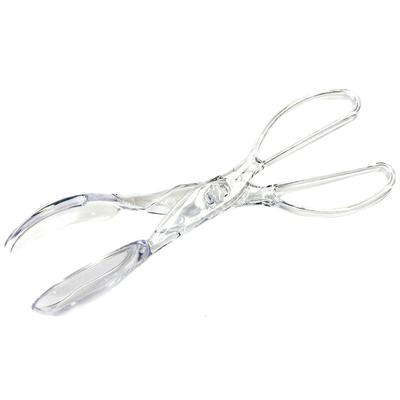
Expobazaar Set of 2 Wooden and Resin Salad Servers with Chevron Design Handles $8.49
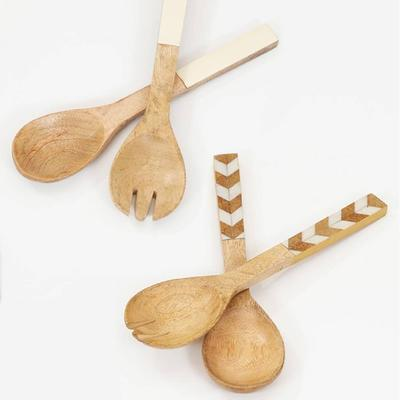
Household Round Salad Soy Dipping Dish Bowl $9.59
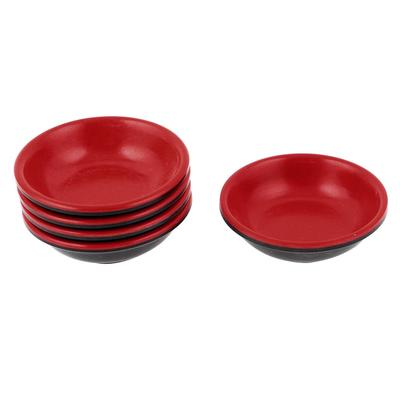
Chef’s Table Everyday Flatware Salad Fork $10.39
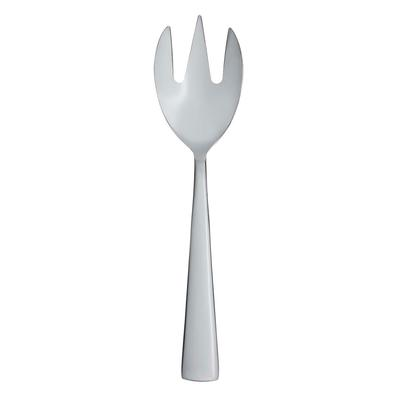
2Pcs Stainless Steel Fruit Forks, 8.66″ Salad Fruit Tasting Forks $11.04
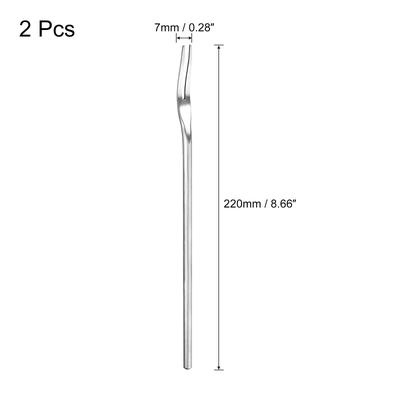
Nordic Ware Soup/ Salad Bowls $11.40

Reusable Food Storage Bags, Reusable Bags Silicone for Salad Fruit Travel $11.87
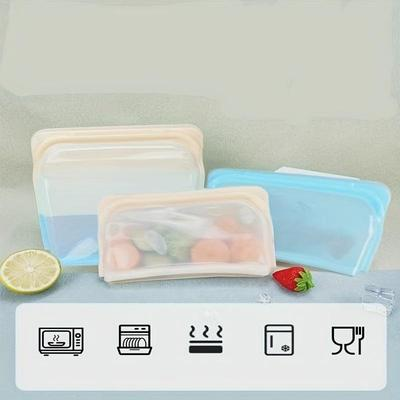
Bakery Metal Bread Salad Dessert Buffet Food Mixing Tong Clamp $12.99
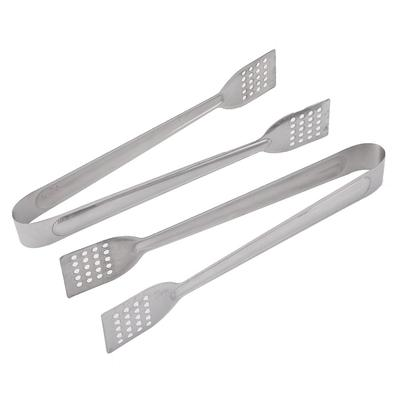
Spode Blue Italian Collection Round Salad Plate $14.49
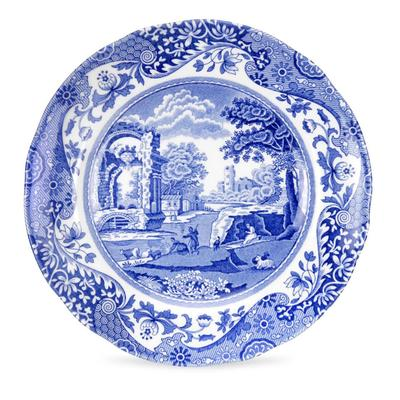
Italian Plastic 6″ Salad Bowl $14.69
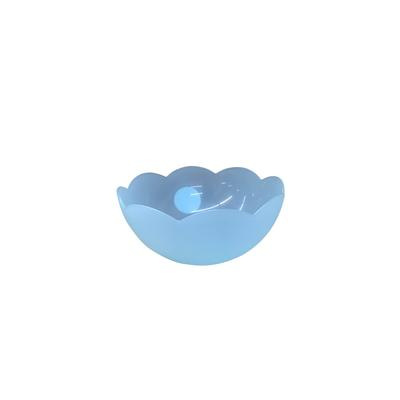
Sol Living Stainless Steel Salad Serving Bowl, Hammered Finish $20.24
